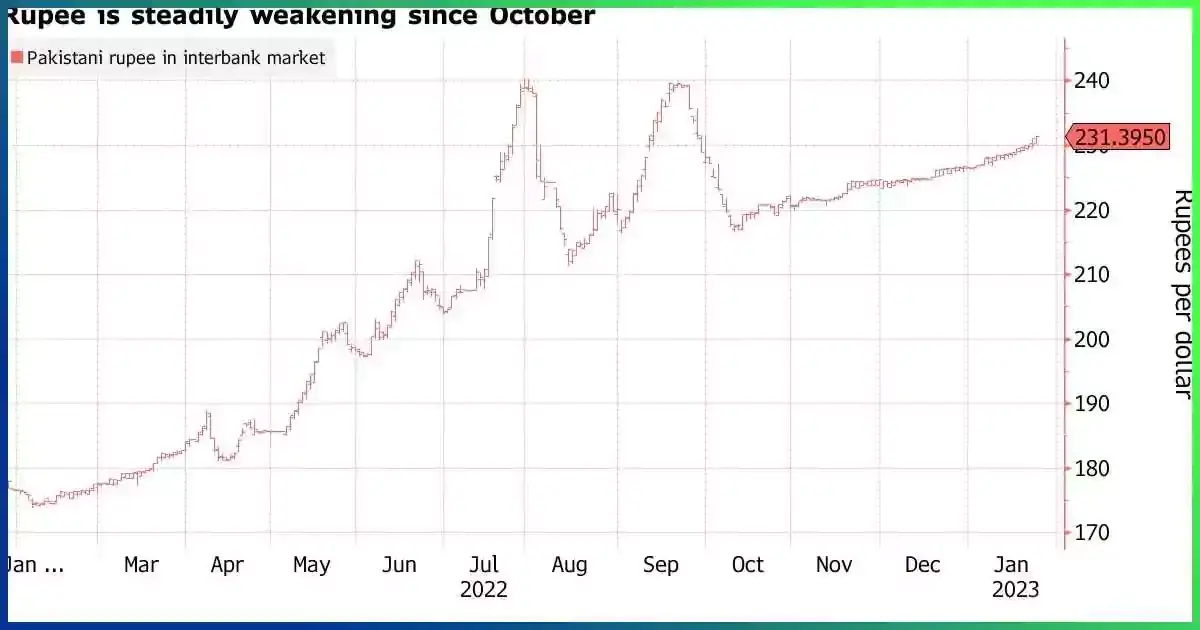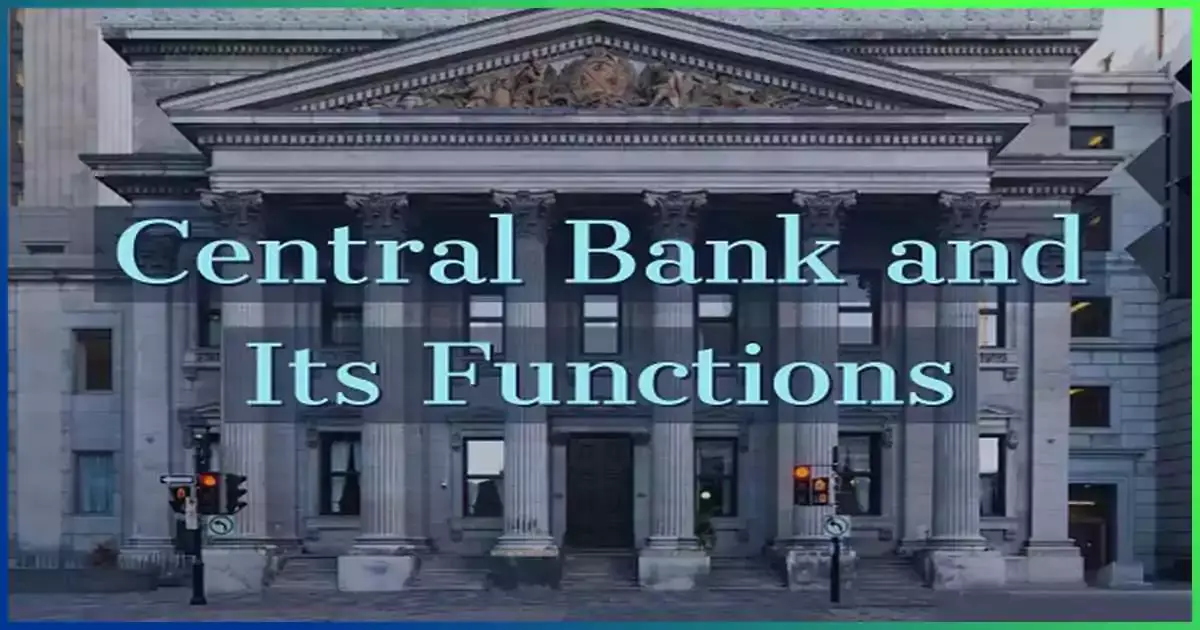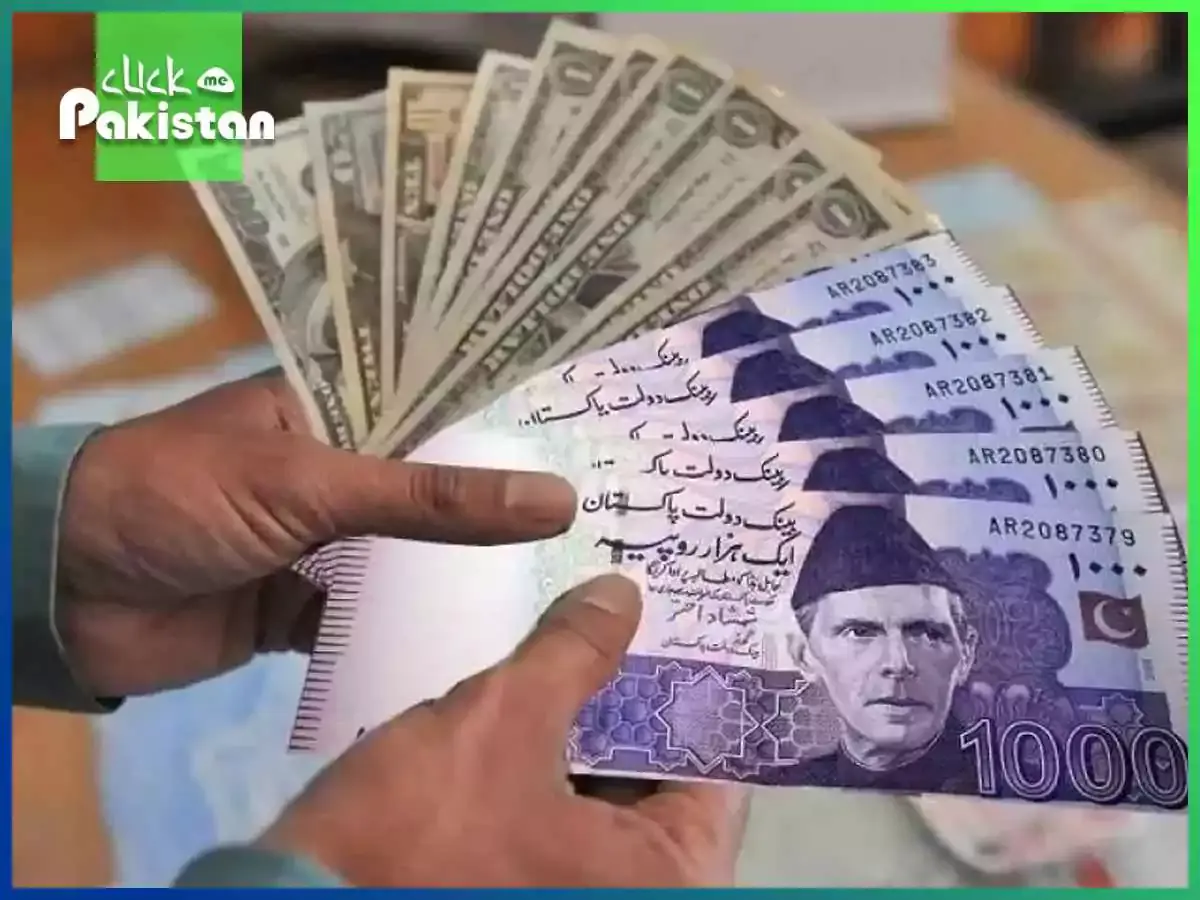The Mysterious Exchange Rate of Pakistan’s Currency

Exploring the intricate dynamics of Pakistan’s Currency, exchange rates serve as a barometer in the field of global economics, reflecting the state of a country’s economy, political stability, and international standing. In the context of Pakistan’s currency, the oscillations in its exchange rates have fascinated and alarmed economists, decision-makers, and the public in equal measure. Let’s set out to solve the mystery of Pakistan’s exchange rates by investigating the variables that affect them and the consequences they entail.
The Pakistani Rupee’s Exciting Adventure
The value of the Pakistan’s Currency (PKR) in relation to other major currencies, such as the US Dollar (USD), Euro (EUR), and British Pound (GBP), has fluctuated dramatically. The PKR’s trajectory, which alternates between times of relative stability and abrupt ups and downs, illustrates the complex interaction of internal and external influences.
Domestic Dynamics: Policy Measures and Economic Indicators
Various domestic factors, such as trade balances, interest rates, and inflation influence currency rates. Additionally, budget deficits play a significant role in shaping the dynamics of these currency rates. Government policies, central bank initiatives, and geopolitical developments impact market sentiment and investor confidence. These factors contribute to the dynamic landscape investors navigate.
External Factors: International Trade and Geopolitical Unrest
External factors significantly impact the exchange rates of Pakistan. The nation’s import bill and foreign exchange reserves are impacted by changes in the price of commodities globally, especially oil. Furthermore, the mechanics of international trade, regional crises, and geopolitical tensions can all increase market volatility.
The Effect on Everyday Living: From Grocery Shopping to Foreign Travel
Changes in exchange rates have real effects on the typical Pakistani person. A weaker rupee may result in increased import costs, which may affect the price of necessities like food, gasoline, and gadgets. In a similar vein, in order to properly manage their budgets, tourists who are organizing trips abroad or students who are studying there need to pay close attention to the exchange rates of Pakistan’s currency.
Hedging and diversification are two methods of mitigation
Because currency markets are inherently volatile, people and companies frequently take precautions to reduce their risks. Hedging strategies offer a way to guard against unfavorable fluctuations in exchange rates, such as forward contracts and options. Additionally, investing portfolio diversification across several asset classes and currencies can act as a buffer against losses associated with fluctuations in exchange rates.
The Function of the Central Bank and the Government Flexibility vs. Stability

In controlling exchange rates, governments and central banks must strike a difficult balance between stability and flexibility. Rigid exchange rate regimes can impede economic competitiveness and the ability to adapt to external shocks, even while they may be required to stop excessive volatility or speculative attacks. Exchange rate, fiscal, and monetary policy must be carefully coordinated to strike the correct balance.
Gazing Ahead: Handling Uncertainty with Adaptability
Numerous internal and international obstacles will continue to put Pakistan’s currency rates to the test as it negotiates its economic environment. Coordinated measures are necessary to support economic fundamentals and promote sustainable growth, from structural reforms to improving export competitiveness and luring foreign investment.
In Summary
Pakistan’s exchange rates are an indicator of the economy’s vitality and ability to withstand hardship. Volatility may bring difficulties, but it also presents chances for creativity, adjustment, and teamwork. Pakistan may steer towards a more secure and affluent future by promoting economic management, accountability, and openness.
The complex interactions between local and foreign forces that shape Pakistan’s economic environment are reflected in the mysterious oscillations in the country’s currency exchange rates. The path of Pakistan’s currency is influenced by a number of factors, ranging from internal policy measures and economic indicators to external pressures like international commerce and geopolitical upheaval.
These currency rate swings have an effect on many aspects of daily life, ranging from the cost of groceries to overseas trip expenses. Individuals and companies frequently use hedging techniques and diversify their investment portfolios across several currencies and asset classes to reduce the risks associated with currency volatility.
In order to maintain a delicate balance between stability and flexibility in exchange rate management, the government’s and the central bank’s roles are essential. Structural reforms and coordinated policy actions are necessary to improve export competitiveness, strengthen economic foundations, and draw in foreign investment.
In the future, Pakistan will need to strengthen economic management, accountability, and transparency while navigating uncertainty with resilience and adaptation. Pakistan can steer towards a future that is both secure and wealthy by taking proactive measures to solve difficulties and fostering sustainable growth.Exchange rate volatility offers chances for creativity and teamwork in addition to its share of difficulties. Pakistan may enhance its economy and establish itself as a significant player in the international scene by capitalising on its advantages and mitigating its disadvantages.
Read our Article: Pakistan’s Role In Global Diplomacy









